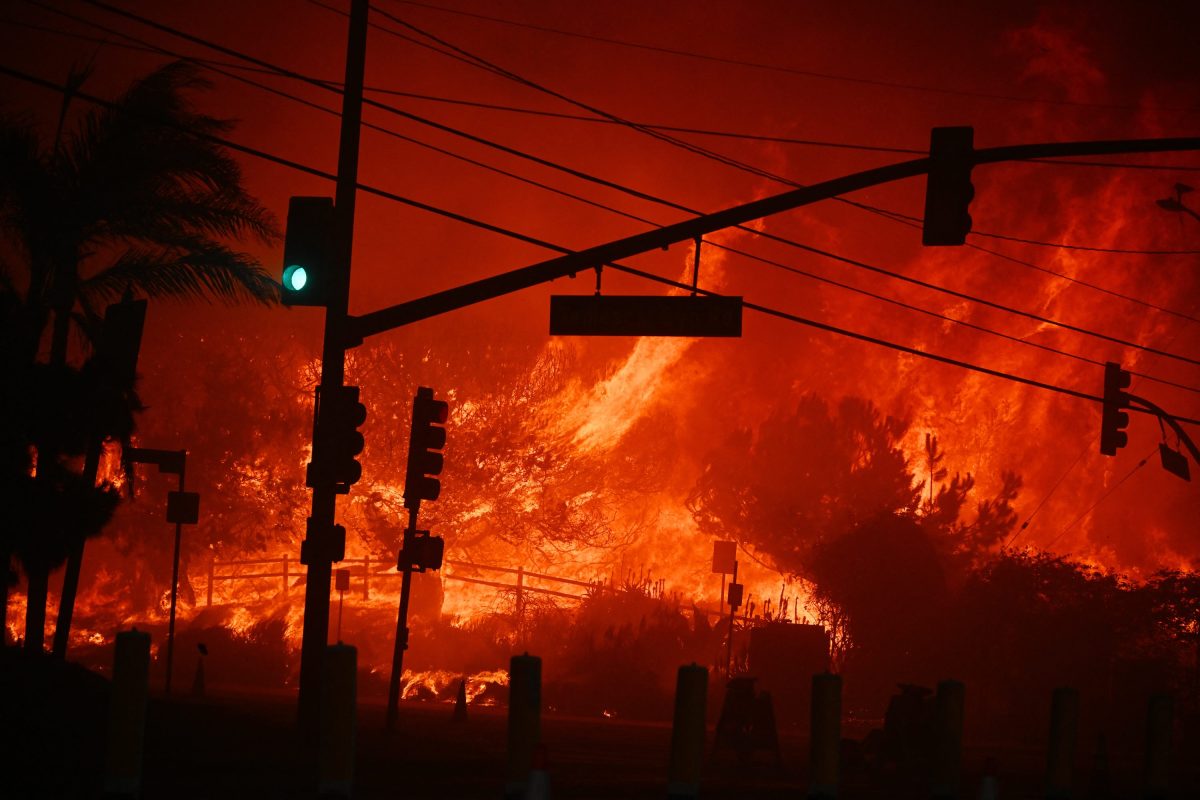Climate Change Increases Wildfire Risk in Southern California
A new study published by World Weather Attribution, a decade-old international group of climate scientists and experts, has found that climate change increased the likelihood of recent Southern California wildfires by 35%. The study comes as Los Angeles residents start to rebuild their lives in the wake of catastrophic fires that erupted earlier this month.
Extreme Weather Conditions
The fires were sparked by near-perfect conditions, with the two preceding years being unusually wet, boosting the growth of wildfire-adapted vegetation. This year, climate change dealt the region two heavy blows: a delayed annual rainy season and intense Santa Ana winds that fanned the flames and spread embers far and wide. These extreme weather conditions are now likely to occur once every 17 years, according to the study.
The Impact of Climate Change
The study’s authors wrote that the frequency of fire-prone years has been increasing rapidly in recent years. Southern California is no stranger to fire, but over a century of fire suppression disrupted the natural regime, and in its absence, people have built deeper into fire-adapted ecosystems. Today, these areas are known as the wildland-urban interface, or WUI, and the density of housing there complicates the picture.
Startups Step In
Startups have stepped into the void to help mitigate the impact of wildfires. Vibrant Planet has developed a platform that helps utilities and land managers analyze data to determine where wildfire risk is highest. Then, it helps them work with stakeholders to develop plans to mitigate the risk. Other startups, such as Kodama and BurnBot, are working on vegetation management and prescribed burning.
Spotting Wildfires
But even with vegetation management and prescribed burning, the climate and ecosystems of Southern California won’t be completely wildfire free. To further minimize the risk of catastrophic fires, another slate of startups is working to spot wildfires soon after they ignite so crews can respond quickly. Pano uses AI to detect new fires, while Google is working with Muon Space to launch FireSat, which can image wildfires from orbit every 20 minutes.
Protecting Homes and Businesses
And should wildfires escape early detection and containment, startups like FireDome are developing tools to protect homes and businesses. The Israel-based startup has created an AI-assisted fire defense system that launches projectiles filled with fire retardants. The automated system can lay down a perimeter of retardant before fire reaches a property or, if embers are already flying, it can target hotspots to extinguish flames before they turn into conflagrations.
A Combination of Technology and Land Management
Land owners and managers will have to get smarter about how to limit their risk. There’s unlikely to be a single solution, but rather a combination of advanced technology and old-fashioned land management.
Source Link





